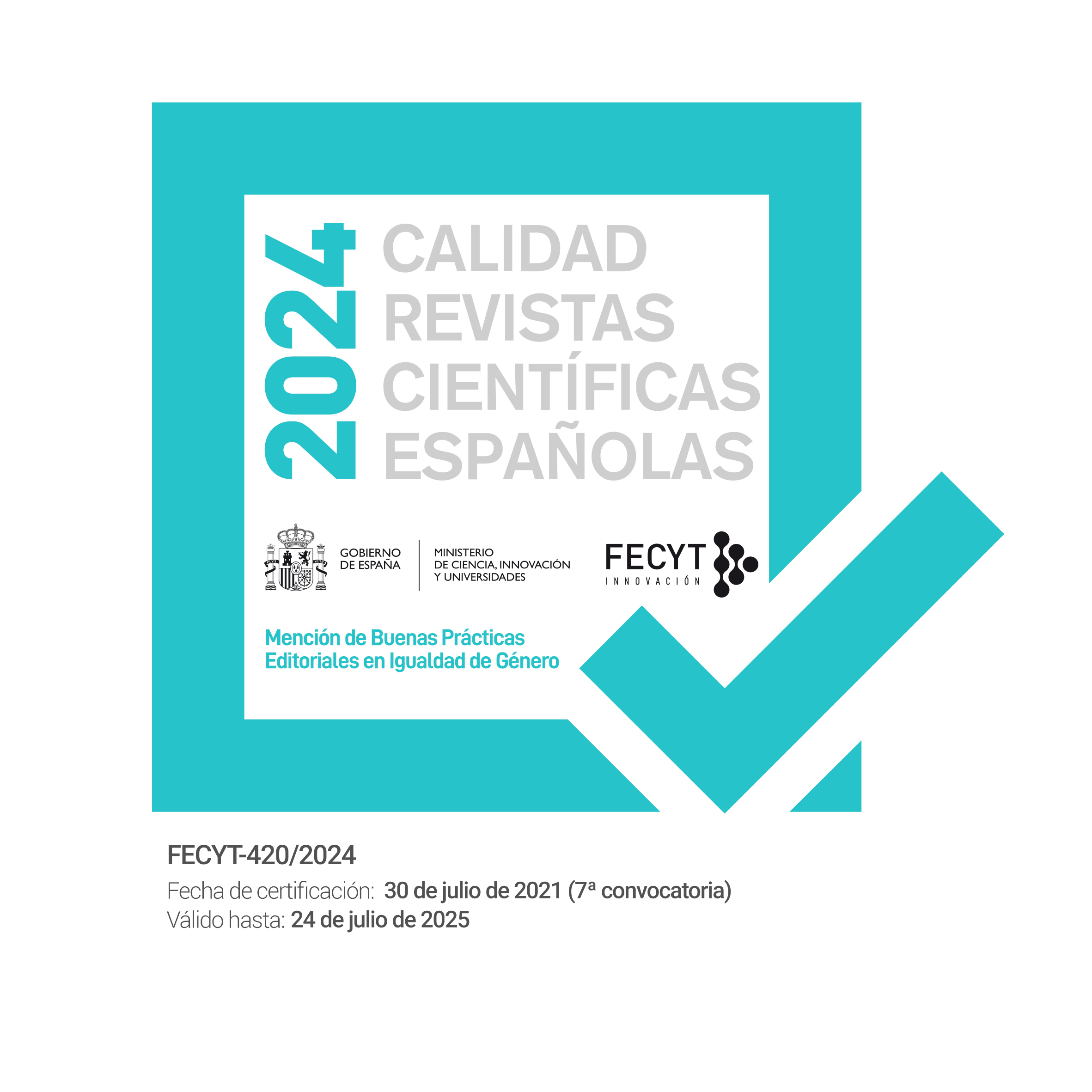The Monster through the Notions of Exteriority and Virtuality: Digital Practices by César González
DOI:
https://doi.org/10.1344/452f.2020.23.7Keywords:
marginality, virtuality, exteriority, social reality, digital practicesAbstract
This article analyzes the use of marginality in the digital audiovisual culture as a monstrous element that is necessary in the production and intensification of subjectivity and social reality. The reflection comes from the analysis of the movie uploaded to YouTube ¿Qué puede un cuerpo? (2014) by César González, as well as from the examination of the writing and publications in his blog Camilo Blajaquis. An articulation is established between the notions of exteriority, virtuality, and «aesthetics of politics» (Rancière). I argue that González's digital practices enable other places and aesthetics from which to look at and think about the processes of marginalization in contemporary culture, as well as to problematize around the historically excluded subjectivities in their current struggle for new pathways of affective mobilization.Downloads
Published
How to Cite
Issue
Section
License
All contents published in the journal are protected under a Creative Commons BY-NC-ND license. This corresponds to legislation within Spain, and does not allow commercial use of the texts. It is not possible to modify the contents either.
General information.
Comparative Literature magazine 452ºF [ISSN 2013-3294] is a publishing project coordinated by Asociación Cultural 452ºF, and developed by its Editorial board.
Access to the Contents and Copyright.
All contents published in the journal are protected under a Creative Commons BY-NC-ND license. This corresponds to legislation within Spain, and does not allow commercial use of the texts. It is not possible to modify the contents either.
Every person has free access to the contents of the journal as long as they understand and assume that no profit is to be made on other people’s work.
In all cases, the original source name of the online journal and the article must be mentioned when used for any purposes.
Basic Conditions of all Call for Papers.
- 1. The author accepts that sending the paper:
- a. Does not guarantee the publication of it.
- b. Is done in accordance to the style-sheet of the magazine and the requirements of the specific call for papers.
- c. Implies the non-exclusive transferring of the first publication rights of the paper, as long as it is selected to be published in the journal, to theAsociación Cultural 452ºF, under a Creative Commons BY-NC-ND license.
- 2. The journal 452ºF, in due respect to moral rights of a copyright, guarantees that:
- a. All papers will be evaluated according to the procedure already mentioned.
- b. All authors will receive either a positive or negative answer to their sending a paper for publication.
- c. All papers will be published unabridged. The journal might make changes in the typographical disposition according to the needs.
- d. All papers will be published under a Creative Commons BY-NC-ND license.




